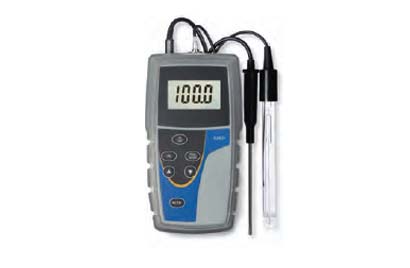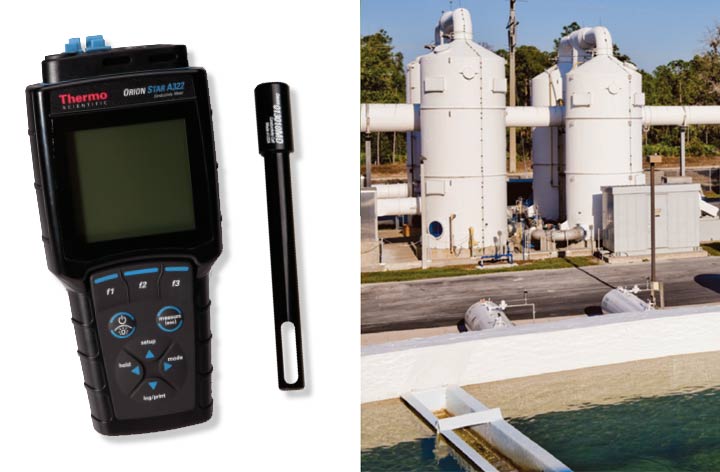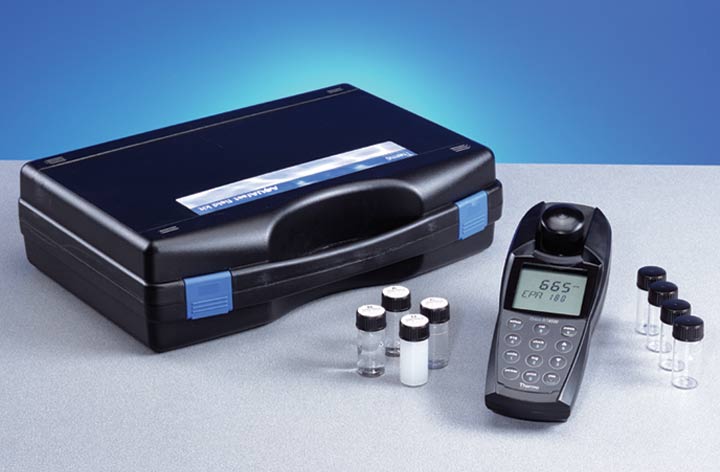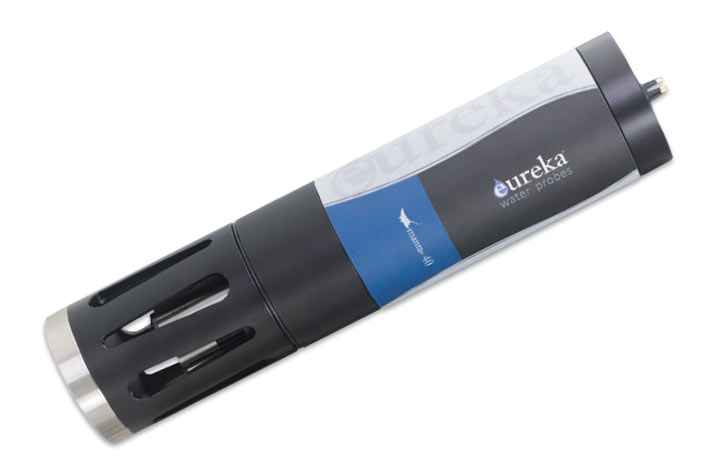Sensors & Probes for Nitrate Level Monitoring
 Nitrate is a naturally occurring by-product of the breakdown of organic waste. In low concentrations it stimulates the growth of aquatic plants. At higher concentrations it can be directly harmful and can also lead to excess algae growth and eutrophication. The primary source of excess nitrate is surface runoff from agricultural land.
Nitrate is a naturally occurring by-product of the breakdown of organic waste. In low concentrations it stimulates the growth of aquatic plants. At higher concentrations it can be directly harmful and can also lead to excess algae growth and eutrophication. The primary source of excess nitrate is surface runoff from agricultural land.
Nitrates are found in several different forms in terrestrial and aquatic ecosystems. Nitrates are essential for plant nutrients but in excessive amounts they can cause significant water quality issues. In excess, nitrates can speed up eutrophication consequently accelerating aquatic plant growth and changing the types and of animal and plants that live there. This results in affecting the dissolved oxygen, temperature and other indicators. Excessive nitrates can cause low levels of dissolved oxygen and can be toxic to warm blooded animals in certain conditions. The natural concentration of nitrate in surface water is no more than 1 mg/L, whereas in the effluent of wastewater treatment plants it can be around 30 mg/L. Nitrate can be sourced from fertilized lawns, cropland, septic systems and industrial charges.
Nitrates from land sources end up in rivers more quickly than other nutrients as they dissolve in water more readily. This means nitrates serve as a better indicator of the possibility of a source of sewage or manure pollution during dry weather.










